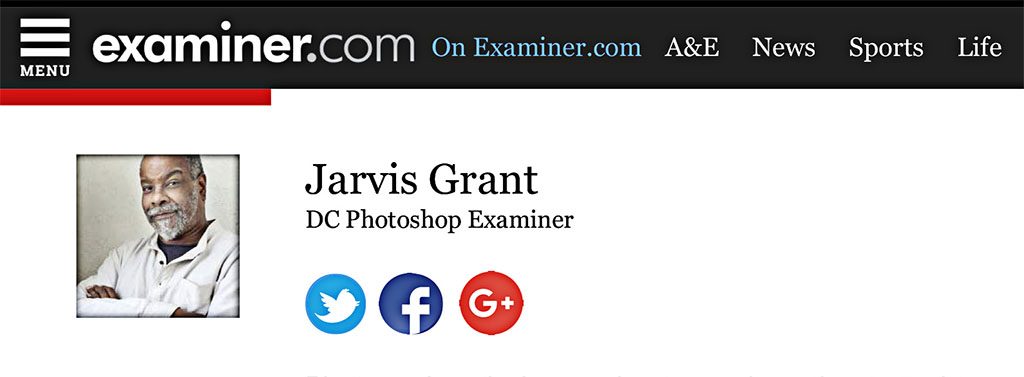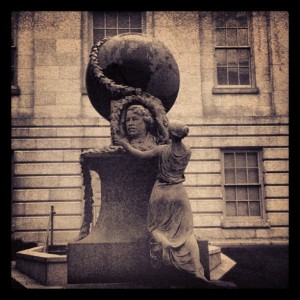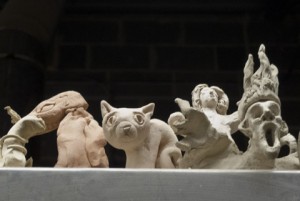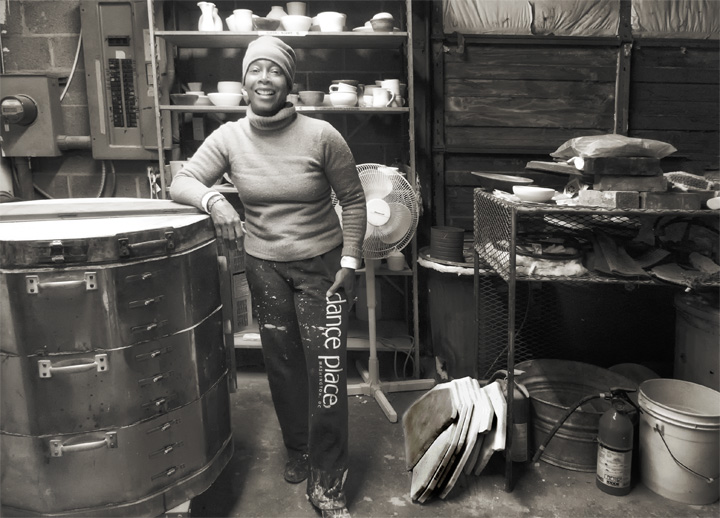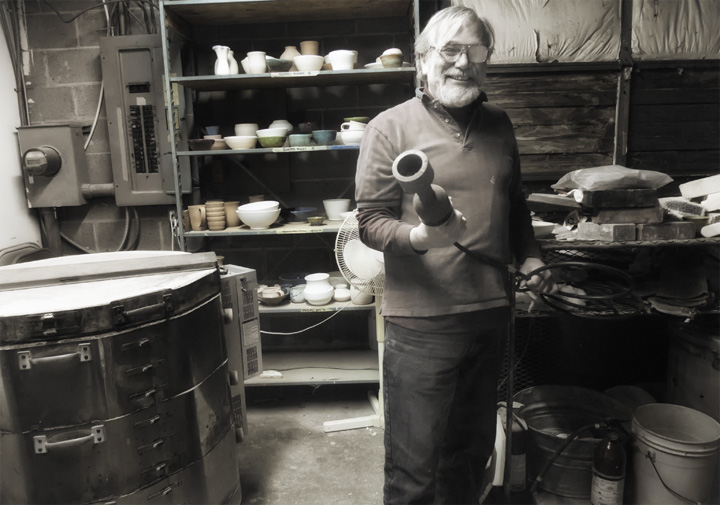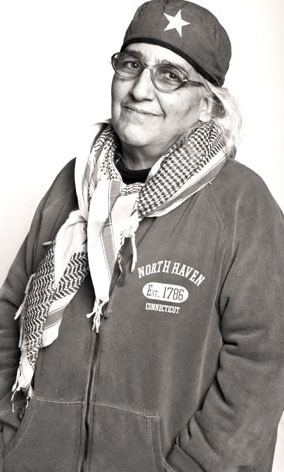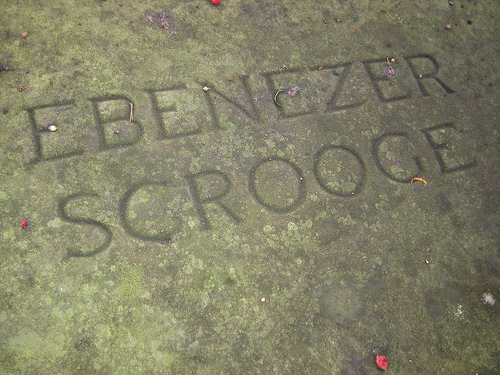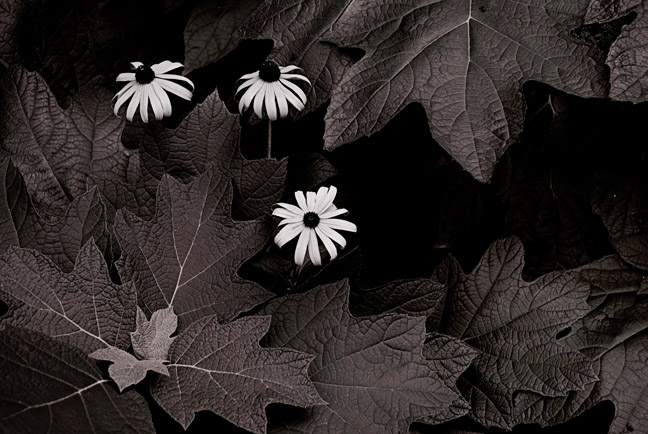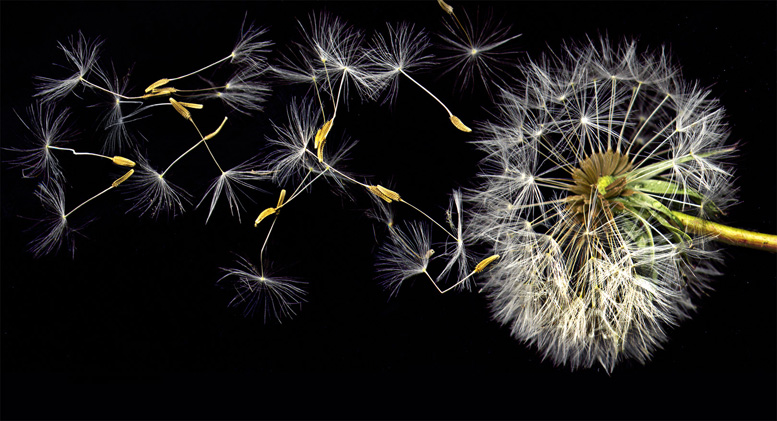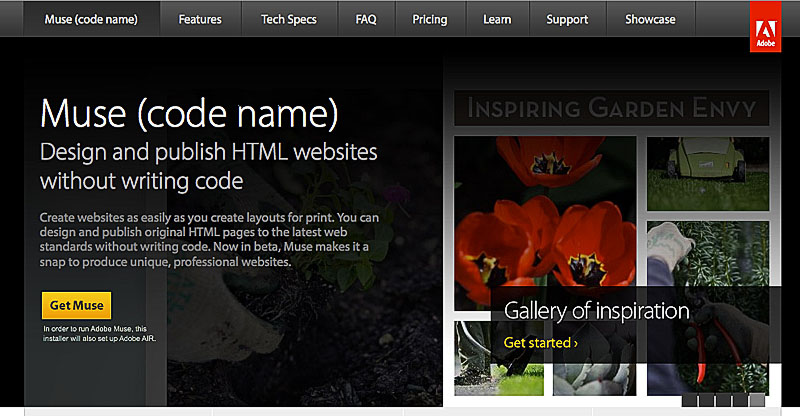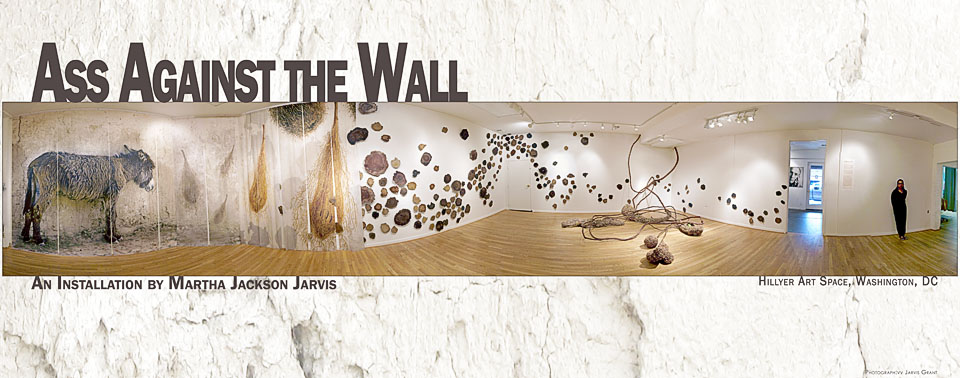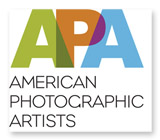
Sunflower from the atrium courtyard, National Museum of American Art, ©Jarvis Grant, 2012
In the summer of 2012 I found a new venue of expression, phone camera. As stated in my last blog post, I had always been a camera snob. One reason was I saw so much poor camera phones photography. I have owned phones that had cameras, but never used them beyond visual note taking. When I upgraded to my EVO 4G LTE, with its 8 megapixel camera, the need to investigate its possibilities was very strong.
When I first began using the device, I always had my Panasonic LX-3 with me, and I would “shoot behind” anything I did with the EVO with the LX-3. The Panasonic images were always better in my mind. When reviewing the photos, the reason I felt the LX-3 pictures were better was because I put more into them. So, to really see that the phone’s camera could do, I must not take the LX-3 with me anymore, which forced me to only use the EVO. That was scary at first but necessary if I wanted to learn how to use the new device.
This was good, but I found myself fiddling with the device a lot. My daughter told me about Instagram, and I installed the app. In fact Instagram was the first app I actually installed on the phone, which in itself opened up a whole new word in mobile computing. But that’s another story. Okay, so what Instagram provided was fiddle free photography. While shooting with a square frame took some getting used to again, it was a lot faster than shooting with a twin lens reflex. Then there was the idea of processing the image with Instagram’s filters. They were limited for sure, and I found myself still reviewing the pictures and processing them once I got home. Then one day as I was riding the bus, I was thinking about a couple of images I’d just taken. I took out the phone and began experimenting with the images. It was then I realized I could capture an image, process it and publish it, all while I was out and about. Wow, “mobile photography”! Okay I get it.
Yet, mobile photography was also offering something more. Something I had not felt since my days as an art student and new photographer. Freedom! I regained the freedom to shoot whatever I wanted too and felt like shooting. As a seasoned photographer I do lot of analytics while making photographs. I was finding that with the phone and all its limitations, I was much lighter, with fewer calculations, rules, and perceived obligations running through my head. When I looked up two months after installing Instagram I had hundreds of new images, with a couple of hundred posted on Instagram. For me, that was very different.
With my newly found mobile photography enthusiasm, I began writing about it in my Examiner.com column, which is the reason for the long gap between blog posts. Plus I entered a few images in the Mobile Photography Awards competition I saw on the Digital Photography Review website. Well last week I discovered in a Tweet from Jack Hollingsworth (@photojack) that the winners of the Mobile Photography Awards had been posted on their website. So I went right over to see if I placed. Well the images I thought were strong in their respective categories were not there. Bummer! When I got to Plants/Flowers category,and saw the stunning first prize wining entry by Patrick Shourds, I thought, “Oh man, these look great, oh well”! But in the Honorable Mentions group was my entry, Purple Tears, and I was shocked and surprised. Plus I felt pretty damn good.
Here are the other images I entered into competition plus the link to the Mobile Photography Award winners page.
![]() Examiner.com gave me the freedom to write about almost anything. I enjoyed writing, about Photoshop, giving commentary about the photographic arts and its related technologies. I also enjoyed being a member of the photography industry news press corp. As an educator, it was a wonderful platform. I soon found out finding a similar platform wouldn’t be easy. Many of these online news outlets focused on photo gear like new cameras, lens, and other photo toys. All that’s well and good, but my interests are in technology that’s not based on instrumentation alone but on process. I’m still researching the options and how to adapt to them.
Examiner.com gave me the freedom to write about almost anything. I enjoyed writing, about Photoshop, giving commentary about the photographic arts and its related technologies. I also enjoyed being a member of the photography industry news press corp. As an educator, it was a wonderful platform. I soon found out finding a similar platform wouldn’t be easy. Many of these online news outlets focused on photo gear like new cameras, lens, and other photo toys. All that’s well and good, but my interests are in technology that’s not based on instrumentation alone but on process. I’m still researching the options and how to adapt to them.